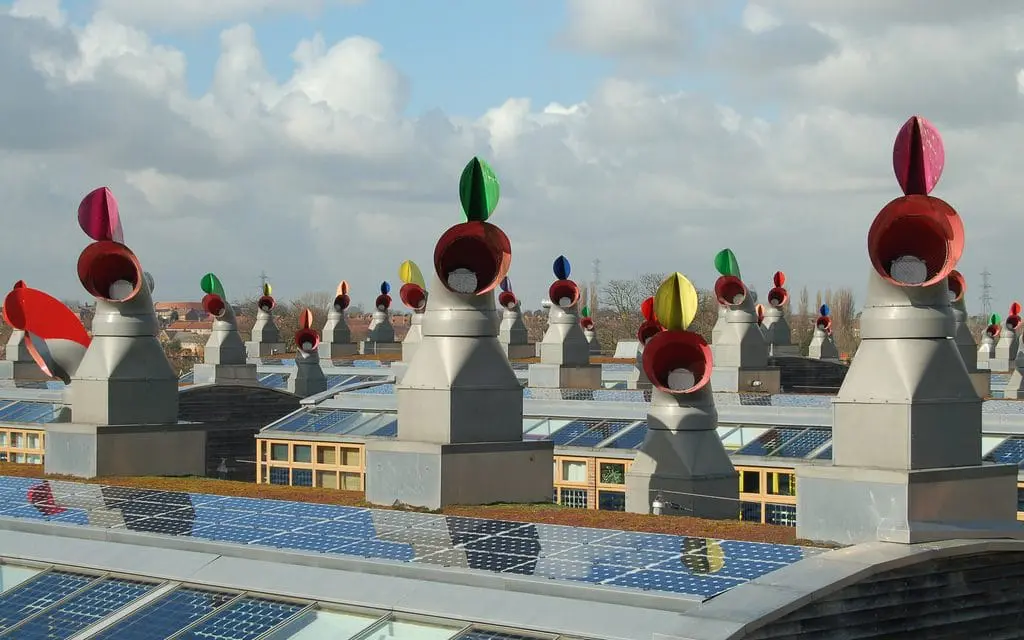This article was written by Barry Franklin and originally appeared on HVACClasses.org.
In December 2013, former President Obama said that the U.S. federal government must double its reliance on renewable energy by 2020, meaning that 20 percent of its energy supplies will need to come from renewable sources. The reliance on green energy has several benefits, including the ability to decrease the “environmental footprint” on the plant, according to the U.S. EPA as well as to alleviate energy security issues while spurring economic growth within the U.S. Of course, this growing trend has resulted in many changes in HVAC technologies. Companies in the U.S. and worldwide are involved in research to create more energy-efficient traditional systems as well as new types of systems that run off alternative energies, such as geothermal or solar. Our list of 7 Green Technologies That Are Changing HVAC takes a look at changes in simple components as while as entire systems in HVAC. Still, even more improved technologies can be expected in the future as companies work toward changing this country’s reliance on fossil fuels, which in the U.S. stands at 82 percent. Only about 9 percent of the country’s energy supplies currently make use of renewable sources, which leaves plenty of room for change in HVAC systems.
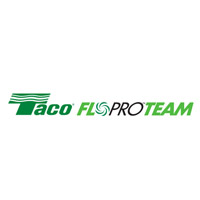
This product, produced by Taco, Inc., out of Cranston, Rhode Island, saves money, energy and water while delivering hot water in a timely manner. It involves installation of the “On Command” pump that attaches to the hot and cold water lines under a kitchen or bath fixture in a home. When activated, it allows the cool water being drained to circulate back to the water heater through the cold water line, allowing hot water to be delivered at any time 24 hours a day. Schematics on the pump on the Taco (pronounced Tay-co with a long ‘a’) website provides more information about how it functions. The video also points out that the average home wastes around 12,000 gallons of water a year waiting for warm water.
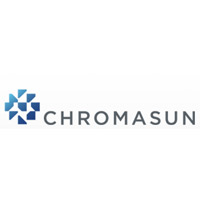
Chromasun, based out of North Sydney, as in Australia, makes a thermally-driven chiller that provides a low-cost alternative to conventional air-conditioning units, which are electrically driven. That sounds like a mouthful, but essentially these chillers make use of solar energy that, when running short, can be supplemented by natural gas. The company makes it own solar panels that generate a high enough temperature to drive a double-effect chiller, which it describes as its most effective system. The company’s double-chiller system is said to provide more cooling than comparative photovoltaic systems, and eliminates electricity costs. Read about one of the company’s projects in the United Arab Emirates.
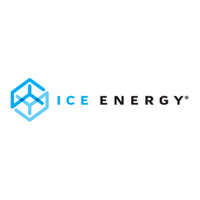
Ice Energy, based out of Glendale, Calif., uses an ice-powered air-conditioning unit called the Ice Bear to cool buildings and in most cases, reduce a building’s total net energy consumption. In a very abbreviated description, the Ice Bear works by freezing 450 gallons of water in a tank overnight and making that available for cooling the next day. When the Ice Bear is switched from its Ice Charging to Ice Cooling mode, it provides cooling for up to six hours. After its ice has melted, the job of cooling reverts back to the building’s conventional commercial A/C unit, which is why the Ice Bear works in conjunction with a conventional unit. The company describes the product as the first effectively loss-less energy solution.
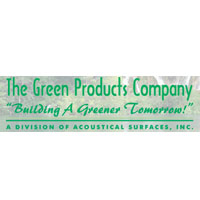
Duct wrap has been around for sometime, but Quiet Duct Wrap, offered through The Green Products Company, with distribution available throughout the U.S. and in other countries, offers its Quiet Duct Wrap. Why is it ‘green?’ It is made from recycled denim fabric that has been diverted from the landfill, has no irritants and low VOCs. And like other duct wrap, it reduces the heat loss and gain that occurs through air ducts. As well, it has no fiberglass, eliminating potential itching or skin irritation, and carries a Class-A Fire Rating. Its aluminum barrier provides protection from air currents, moisture and vapors and reflects unwanted radiant heat.
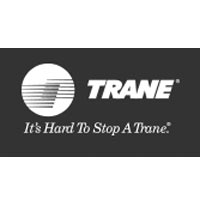
This software can be useful in projecting the most energy efficient and cost-saving HVAC systems for a space before actually installing and making use of such equipment, according to Rich Halley, the vice president of Trane, a world provider in heating and air conditioning systems. This software can also be helpful to architects and engineers who are looking for the appropriate equipment for use in their design. Halley notes that such software can be used to project a building’s lifetime energy use as while as take into consideration the impact from non-HVAC techniques such as the use of reflective roofing.
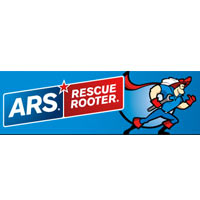
ARS Rescue Rooter, with various U.S. locations,notes that the combination of a gas furnace and electric heat pump can provide the most comfortable and efficient type of heating for various temperatures. Above 35 degrees, the dual pump makes use of electricity to heat the home, providing warmth that is not too dry. At lower temperatures, the pump utilizes gas heat to provide better efficiency. Although the cost of a dual fuel heat pump can cost $600 to $1,000 more than a conventional system up front, this can be recouped over the next several years in energy costs, the company notes.
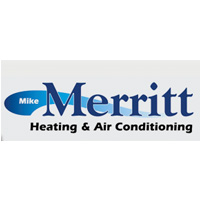
Geothermal HVAC products have been on the market since the 1940s, according to Mike Merritt Heating & Air Conditioning, a Jacksonville, Fla.,-based company that is “Licensed to Chill!”. However, HVAC products, including the geothermal heat pump, have been growing in popularity and use only recently due to the current green movement. A geothermal heat pump makes use of heat from the Earth by way of looped piping that is placed into the ground. During cold months, the fluid in this piping loops underground and absorbs the heat, which is carried back indoors to provide heating. Geothermal systems like these are said to be four times more efficient than traditional HVAC systems, and can also be used to supply cooling, too.
METHODOLOGY
This list of 7 Green Technologies That Are Changing HVAC is only representative of a handful of the new green HVAC technologies that are currently available. As research and development continues and funding helps to provide financial support to companies invested in producing new energy-efficient HVAC technologies, better products will come to market. We would be more than happy to hear about any new HVAC technologies – please contact us.


